The best time to travel to Antarctica, a land of extremes—unspoiled, remote, and awe-inspiring, is. Known for its towering icebergs, vast glaciers, and unique wildlife, it draws adventurers, wildlife enthusiasts, and photographers from around the world. However, visiting this frozen continent requires careful planning, as the best time to travel to Antarctica depends on factors like climate, wildlife activity, and accessibility.
Moreover, the summer months coincide with peak wildlife activity. Penguins nest, seals haul out on ice floes, and whales feed in the surrounding waters. For wildlife lovers, photographers, and those seeking a once-in-a-lifetime adventure, the summer months offer the best opportunity to explore Antarctica’s stunning landscapes and observe its unique creatures in their natural habitat. This guide will help you determine the best time to visit based on your interests and goals for the trip.
Table of Contents
Why Travel to Antarctica?
The best time to travel to Antarctica remains one of the most remote and unspoiled places on Earth. Its rugged landscape of glaciers, icebergs, and volcanic islands is not only stunning but also offers a once-in-a-lifetime opportunity to witness wildlife in its natural habitat. However, visiting Antarctica is not as simple as hopping on a flight. The continent’s extreme climate, remoteness, and fragile environment make it a destination that requires careful planning and consideration of the best time to travel.
In this section, we will delve into the myriad reasons why traveling to Antarctica is an experience that should be on every adventurer’s bucket list. From its unparalleled natural beauty and rare wildlife to the sense of discovery and adventure, traveling to Antarctica offers experiences that simply cannot be replicated anywhere else in the world.
Understanding Antarctica’s Climate
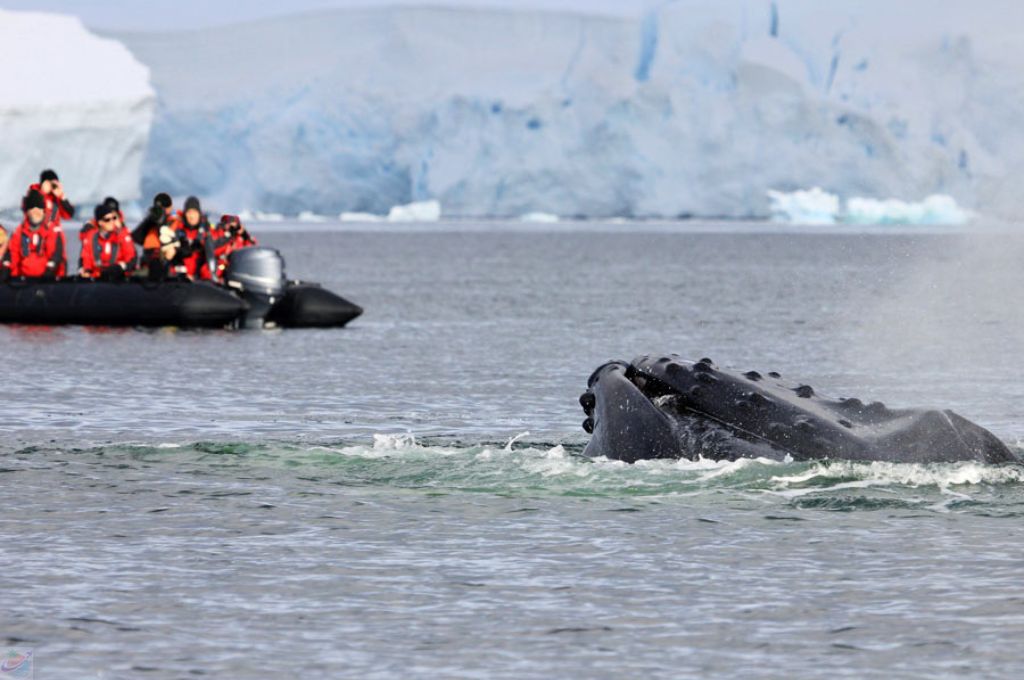
The best time to travel to Antarctica is during its extreme and unpredictable conditions. As the coldest, driest, and windiest continent on Earth, Antarctica holds the record for the coldest temperature ever recorded: -89.2°C (-128.6°F), measured at the Soviet Union’s Vostok Station in 1983. The continent is blanketed by an ice sheet that holds approximately 60% of the world’s freshwater, contributing to its ethereal, frozen beauty. Despite its reputation for frigid conditions, Antarctica is accessible to travelers during the Southern Hemisphere’s summer months, but only a small window is available for tourism.
Antarctic Seasons: Summer vs. Winter
The Antarctic seasons differ drastically from what most people are accustomed to in more temperate climates. The key difference lies in the length of daylight, which is crucial for understanding when the best time to visit is.
- Summer (November to March)
The best time to travel to Antarctica is during the Southern Hemisphere’s summer, which occurs from November to March. Summer brings milder temperatures, which make it possible to navigate the icy waters, land on the continent, and witness the wildlife in full swing.
- November to December: Early summer sees the continent in the last stages of winter’s ice build-up, but it is also when the sun begins to return after months of darkness. This is when penguins begin nesting and the first whale sightings of the season occur. The weather is still relatively cold, but the light and atmospheric conditions make for incredible photography opportunities, especially as the icebergs and snow-covered mountains are pristine and untouched.
- January to February marks the peak of summer in Antarctica. The weather warms slightly, and the seas become more navigable, which allows ships to travel further. Penguin colonies are in full breeding mode during this period, making it one of the best times to observe and photograph penguin chicks and their parents. Whale watching is also at its peak, with humpback and orca sightings being common. The ice begins to melt more rapidly, allowing access to more areas on the Antarctic Peninsula.
- March: The last month of the Antarctic summer is still an excellent time to visit, especially for those seeking fewer crowds and lower travel costs. The temperature begins to drop slightly, but there is still good visibility, and many species of penguins and seals are still active. The best time to travel to Antarctica is March also provides unique opportunities for those interested in the changing landscapes of Antarctica, as the late summer period brings stunning contrasts of golden hues and glaciers that are at their most dramatic.
2. Winter (April to October)
Winter in Antarctica is characterized by extreme cold, long nights, and limited access to the continent due to ice and snow buildup. Temperatures in the interior of Antarctica can drop as low as -60°C (-76°F), and the darkness lasts for several months. Because of the harsh conditions, travel during this period is impractical and dangerous. Most tour operators do not offer services to Antarctica during the winter months, and many research stations close during this time. It is only during the austral summer months that tourist operations open, offering a brief window for exploration.
Winter is primarily a time for scientists to conduct research in the region, and tourism is not feasible due to limited daylight, hazardous ice conditions, and the high risks involved in navigating the continent’s rugged terrain.
When Is the Best Time for Wildlife Viewing?
One of the main draws of the best time to travel to Antarctica is the opportunity to witness its incredible wildlife in their natural environment. From penguins and seals to whales and seabirds, Antarctica is home to some of the most unique and fascinating species on Earth. The summer months are when wildlife activity is at its peak.
Penguin Watching
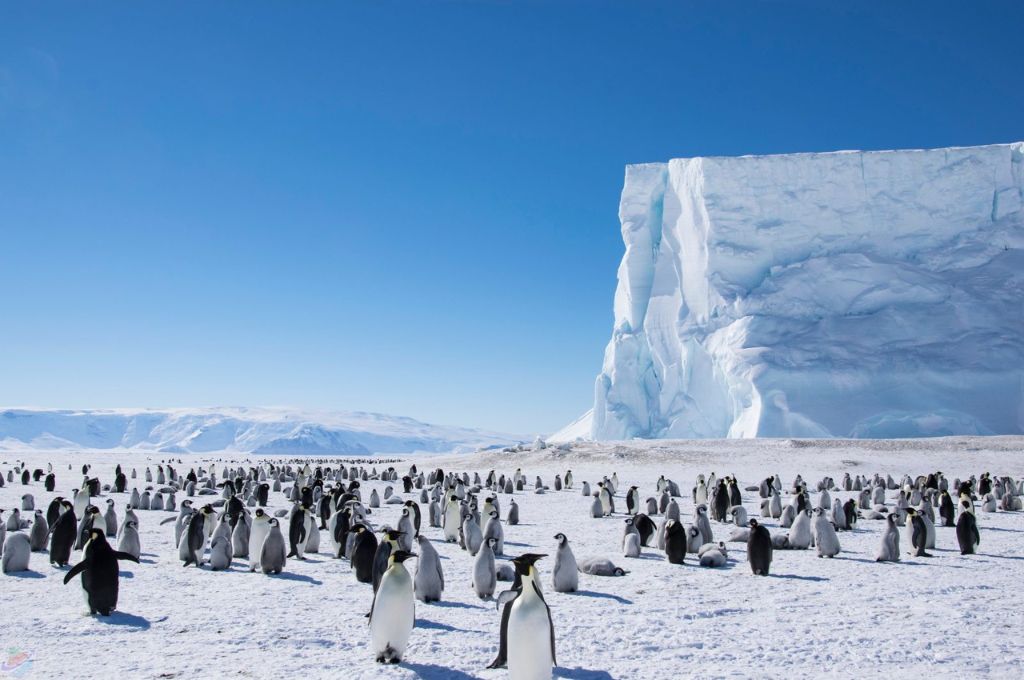
Penguins are the stars of Antarctica, and travelers flock to the continent to witness their life cycles firsthand. These fascinating creatures begin to nest during the early summer months, and watching their colonies is a highlight for many.
- Emperor Penguins: Emperor penguins are the most iconic species of Antarctica. While they breed during the harshest months of the year (May to August), they are most commonly seen from December to February when the chicks hatch and grow. Emperor penguins are difficult to approach due to their remote breeding sites, but expedition cruises often take passengers to more accessible areas for viewing.
- Gentoo Penguins: Known for their energetic and lively behavior, Gentoo penguins are abundant during the summer months. They breed in colonies and can be spotted on many expeditions to the Antarctic Peninsula, South Shetland Islands, and other areas along the coast.
- Chinstrap and Adélie Penguins: These species are also commonly seen in Antarctica during the summer, particularly in areas like the Antarctic Peninsula, where they form large colonies. Visitors can often see penguins nesting, feeding, and interacting with one another, making for amazing wildlife photography opportunities.
Whale Watching
Whale watching is one of the most exhilarating activities for travelers in Antarctica. Several species of whales are present during the summer months, including:
- Humpback Whales: These massive whales are often seen feeding in the nutrient-rich waters of Antarctica. Their acrobatic breaches and tail slaps make for an incredible sight. Humpbacks are usually spotted in January and February when they are feeding heavily in the waters off the Antarctic Peninsula.
- Orcas: Also known as killer whales, orcas are apex predators that can be spotted year-round, but their activity peaks during the summer months when they hunt for seals and penguins. Orcas are frequently found in the waters surrounding the Antarctic Peninsula and the South Shetland Islands.
- Minke Whales: Minke whales are the most commonly spotted whale species in Antarctica. While smaller than humpback whales, they are still an impressive sight, and their presence is especially notable in the summer months.
Seals and Other Marine Life
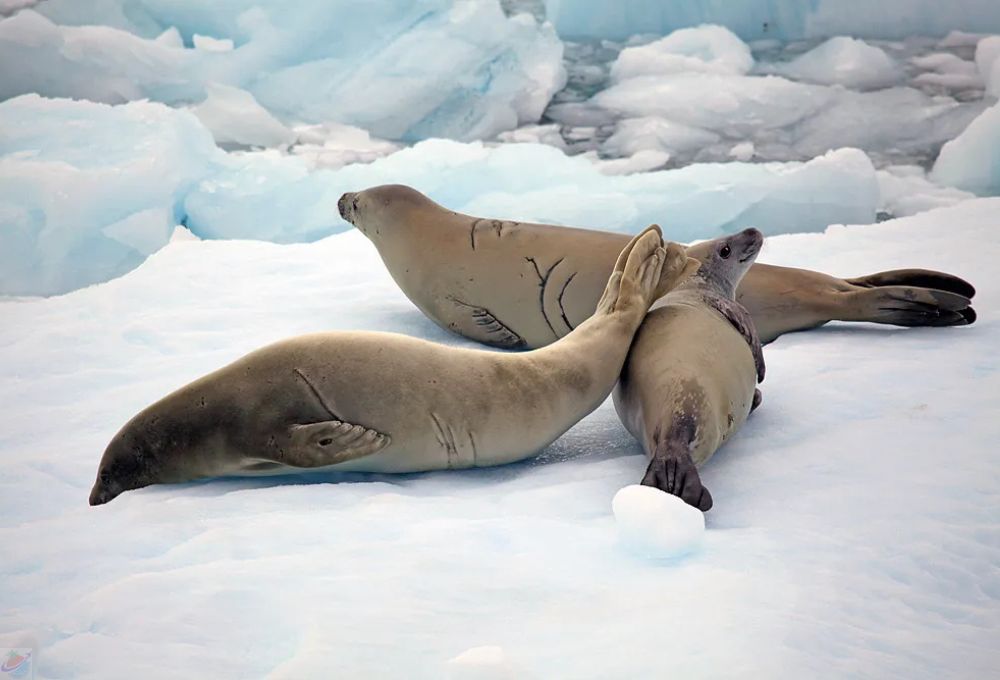
The best time to travel to Antarctica is when the icy waters and coastline are also home to several species of seals, which can be spotted throughout the summer months. Some of the most common seal species include:
- Weddell Seals: Known for their curiosity, Weddell seals are often seen on ice floes and can be quite playful. They are plentiful around the Antarctic Peninsula, where they haul out to rest and reproduce.
- Leopard Seals: Leopard seals are solitary hunters and one of the largest predatory seals in Antarctica. They are more elusive than Weddell seals but can be seen during the summer months, often hunting penguins and other seals.
- Crabeater Seals: Despite their name, crabeater seals primarily feed on krill, which is abundant in Antarctic waters. They are commonly seen lounging on icebergs and are a great photographic subject.
Cruise Expeditions and Zodiac Landings
Expedition cruises are one of the most common ways and the best time to travel to Antarctica. These cruises typically last between 10 and 20 days and take passengers to key locations such as the Antarctic Peninsula, South Shetland Islands, and other parts of the continent’s coastline. Cruise expeditions often include Zodiac landings, which allow visitors to get up close to the continent’s wildlife and stunning landscapes. Zodiacs are small, inflatable boats that are perfect for navigating the icy waters and getting close to areas that larger ships cannot access.
Kayaking and Paddleboarding
For those looking for a more adventurous experience, kayaking and paddleboarding are available on select expeditions. These activities allow travelers to get close to glaciers, icebergs, and seals while paddling through the icy waters of Antarctica. It is a thrilling way to immerse yourself in the Antarctic environment and get a unique perspective of the landscape.
Camping on the Ice
For the truly adventurous, some expedition companies offer the opportunity to camp overnight on the Antarctic continent. This allows visitors to experience the vastness and stillness of the frozen wilderness under the stars. The best time to travel to Antarctica is during the summer months, when camping on the continent offers a truly unique experience, allowing travelers to fully immerse themselves in the environment. a way that few others ever will.
Photography and Wildlife Observation
Photography is one of the most popular activities for visitors to Antarctica, thanks to the incredible wildlife and dramatic landscapes. Whether it’s the towering glaciers, icebergs, penguin colonies, or whale sightings, Antarctica offers some of the most spectacular photographic opportunities in the world. Travelers often bring high-end cameras, drones, and telephoto lenses to capture the stunning vistas and animals in their natural environment.
What to Pack for Antarctica
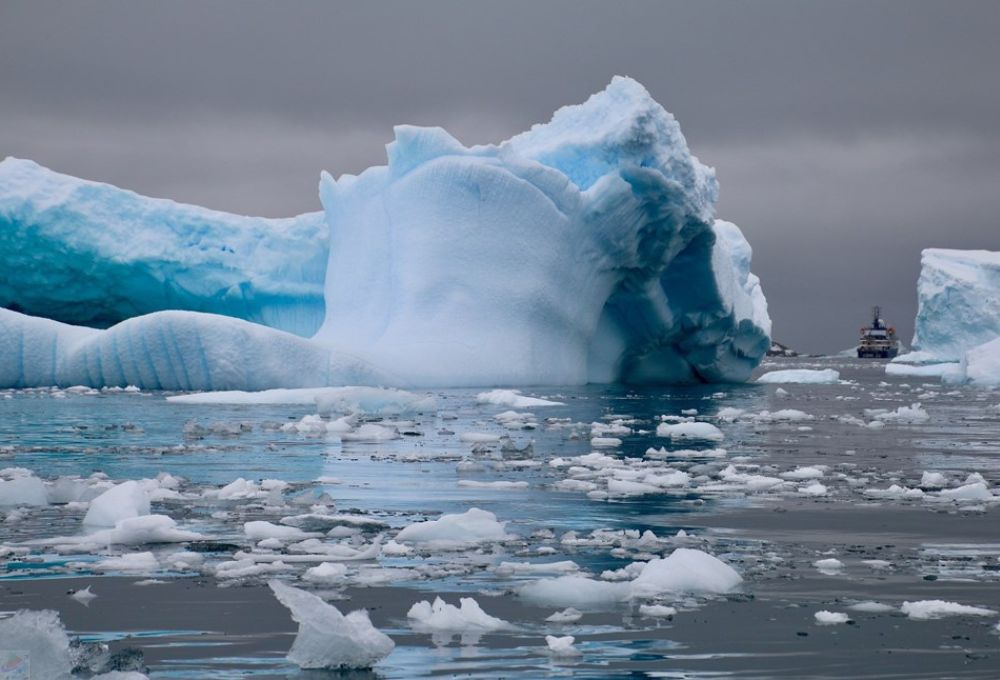
Packing for a trip the best time to travel to Antarctica requires careful thought and preparation. Due to the extreme weather conditions, it’s crucial to bring the right clothing, gear, and equipment to stay safe and comfortable throughout your journey.
- Clothing Layers: Start with a moisture-wicking base layer to keep sweat off your skin, followed by thermal mid-layers to provide warmth. A waterproof and windproof outer layer is essential to protect against snow, ice, and wind.
- Footwear: Insulated, waterproof boots are essential to keep your feet warm and dry while walking on snow and ice.
- Camera Gear: If you’re a photographer, bring a DSLR or mirrorless camera with high-quality lenses, a tripod, and extra memory cards. A drone is also a great option for aerial shots of the landscape.
- Sun Protection: Despite the cold, the sun’s reflection on the snow and ice can lead to sunburn, so pack high-SPF sunscreen, lip balm, and sunglasses to protect against UV rays.
A Bucket List Experience Like No Other
Perhaps the most compelling reason for the best time to travel to Antarctica is that it’s a destination unlike any other. It’s one of the last truly wild places on Earth, and visiting it is a way to connect with a landscape that remains almost entirely unspoiled by human influence. For many, it’s a once-in-a-lifetime adventure that ranks high on their bucket list.
There is something truly special about setting foot on the icy continent, being surrounded by vast expanses of snow and ice, and observing wildlife in its natural, undisturbed environment. Antarctica offers a rare glimpse into the wonders of our world, and for those who seek adventure, solitude, and natural beauty, it’s an experience that will stay with you forever.
Frequently Asked Questions (FAQ)
What is the ideal time to visit Antarctica?
The best time to visit Antarctica is between November and March, during the Southern Hemisphere’s summer. This is when the weather is more favorable, wildlife is active, and you can fully experience the continent’s stunning beauty.
What are the temperatures like in Antarctica during the summer?
Temperatures during the summer months typically range from -2°C to 8°C (28°F to 46°F), with colder temperatures further inland. Coastal areas tend to be slightly warmer.
How long do cruises to Antarctica last?
Most Antarctic cruises last between 10 and 20 days, depending on the itinerary and whether the trip includes extended excursions or additional stops.
Can I visit Antarctica in winter?
It is not advisable to visit Antarctica in winter (April to October) due to extreme cold and darkness, as well as dangerous travel conditions.
Do I need a permit to visit Antarctica?
Yes, travelers need a permit to visit Antarctica. These permits are usually arranged through a licensed tour operator that complies with the Antarctic Treaty.
What are the must-see places in Antarctica?
Some of the best places to visit include the Antarctic Peninsula, Deception Island, the South Shetland Islands, and the Ross Sea. These locations offer some of the most spectacular landscapes and wildlife encounters.
Conclusion
Selecting the best time to travel to Antarctica depends on your preferences and the experiences you wish to have. For most travelers, the ideal time is during the Southern Hemisphere’s summer, between November and March, when the weather is more favorable, wildlife is abundant, and expedition activities are in full swing. Whether you’re looking for wildlife encounters, breathtaking landscapes, or thrilling adventure activities, Antarctica offers an experience like no other. Plan carefully, pack the right gear, and get ready to embark on one of the most incredible journeys on Earth!

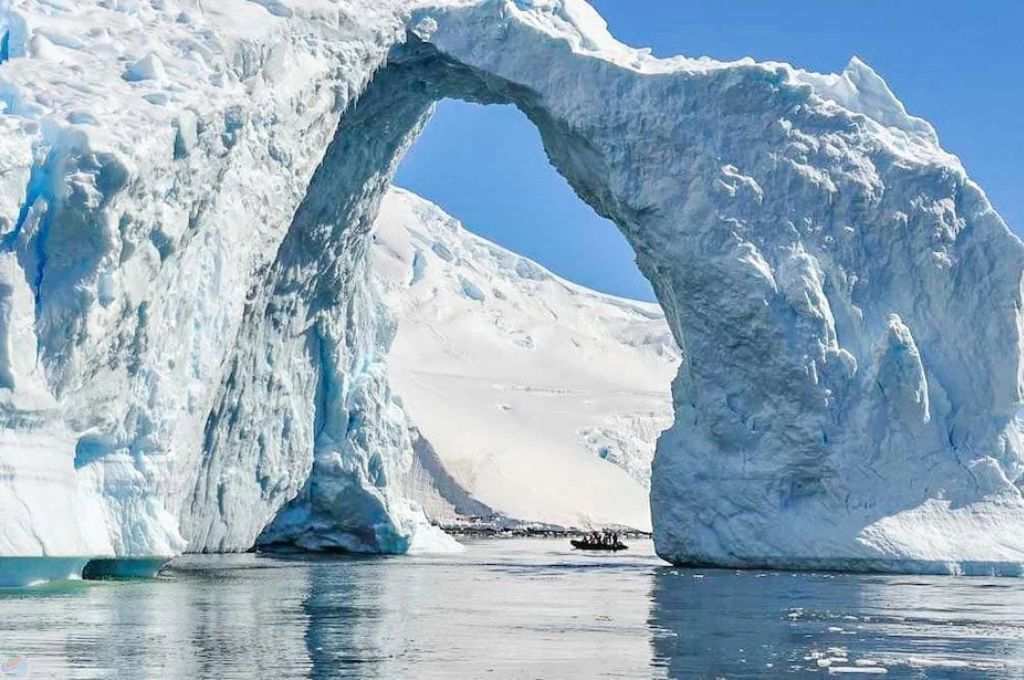

Leave a Reply